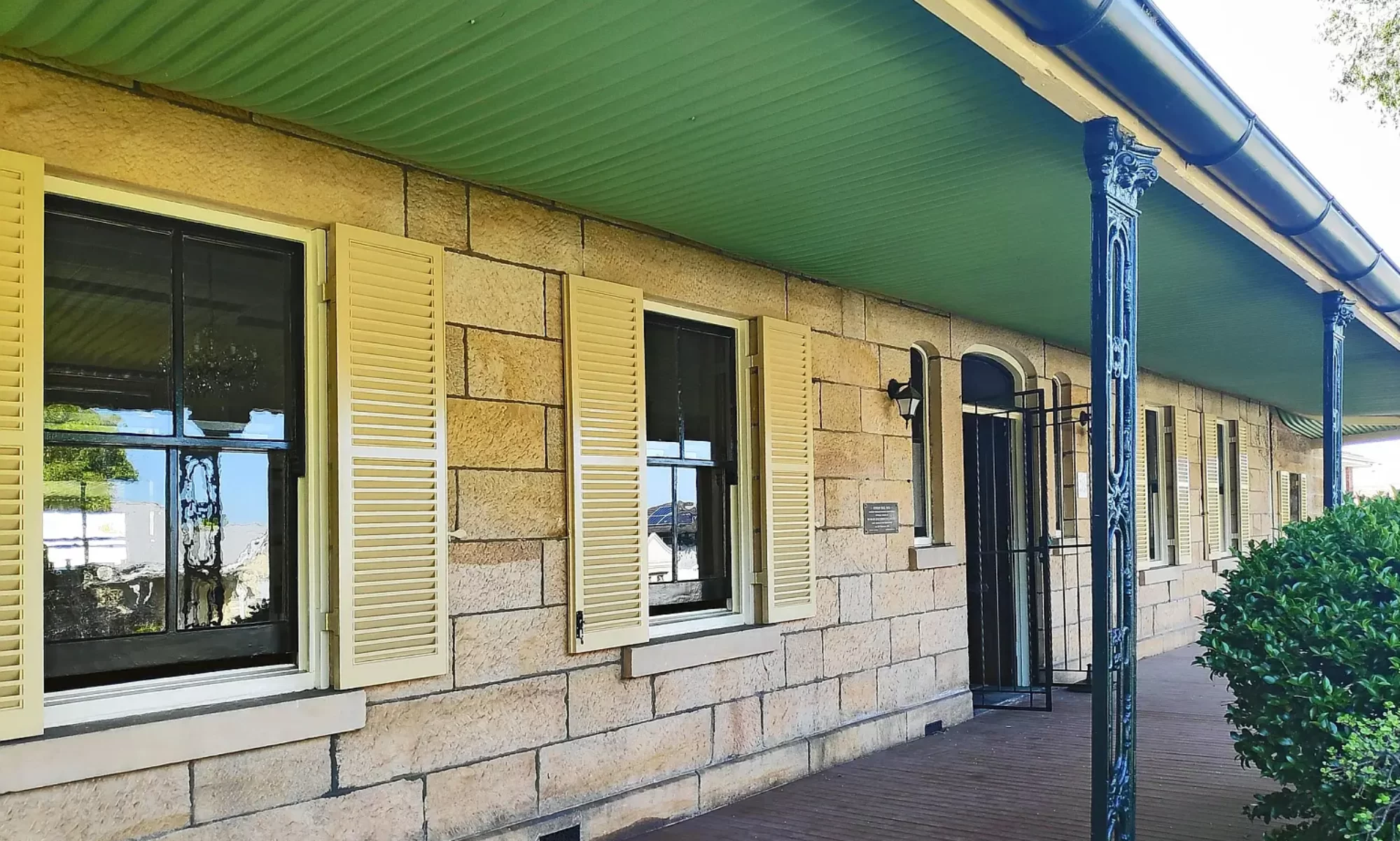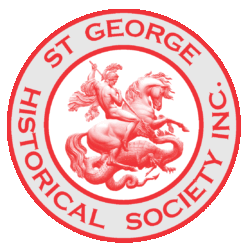by R. W. Rathbone (based on the research of E. C. B. McLeurin, former Head of the Department of Semitic Studies, Sydney University)
Early in 1989, I was asked by the Council to compile a list of the streets in the Municipality of Rockdale and how they received their names. Many are named after the district’s pioneers or members of their families; some are descriptive geographical names; royal and vice-regal names abound as do the names of former mayors and aldermen. The principals of the development companies which subdivided the land after the opening of the Illawarra Railway Line are well represented and there is a smattering of aboriginal names. The origins of many of them were easy to track down but others took many hours of research. A number had very unusual origins and one of these was Wazir Street, Arncliffe. The origin of this name has fascinated local residents for years.

Wazir Street, Arncliffe was named after Dr. Wazir Beg, a noted Presbyterian divine and the Minister of the Chalmers Street Free Presbyterian Church in Cleveland Street, Redfern from 1865 until 1882. He was born in India at Poona in the State of Bombay some time in 1827. His parents were devout Moslems and he received a typical Moslem middle-class education. About 1842 he became secretly converted to Christianity and was befriended by a Scottish Presbyterian missionary family. He then became a teacher in the mission school in Poona and decided to become a missionary.
He was an outstanding linguist, speaking Hindustani, Persian, Arabic, Turkish, Latin, Greek and English. In 1853 he completed his theological training and was licenced as a Minister. He then went to Edinburgh where he decided to study medicine. In 1861 he became a member of the Royal College of Surgeons in London.
In 1864 he arrived in Melbourne as a ship’s surgeon but his great interest was not medicine but Semitic History. The Semites were the descendants of Shem, one of the three sons of Noah born after the Great Flood and included the Jews, Arameans, Phoenicians, Arabs and Assyrians. No university in Australia provided studies in this area but the University of Sydney had a readership In Oriental Languages and Literature based mainly on the Arabic language. Beg successfully applied for the position and was also appointed Oriental interpreter to the Government. The University position did not last because of the lack of students and in 1865 he accepted the Ministry at Chalmers Street.
There he became a noted scholar on Presbyterianism and his Manual of Presbyterian Principles, published in 1870 was probably the most in depth study of the Presbyterian Faith published in many years. He was also a political activist taking a leading part in the campaign against State Aid for denominational schools. He became a prominent Freemason and rose to become Grand Chaplain of the N.S.W. Lodge as well as being editor of its journal, The Freemason. He was also an Orangeman, editor of that organization’s paper and a bitter critic of Roman Catholicism and the ritualism of the Anglican High Church.
He had suffered from Bright’s Disease for many years and died aged 58 at his home in Woolloomooloo in January, 1885. He was survived by his wife Margaret Robertson, a Tasmanian widow whom he had married in 1873, and five children. He purchased the land in Arncliffe in 1882 as an investment and it was sold by his widow in 1887 as Beg’s Estate.

This article was first published in the August 1990 edition of our magazine.
Browse the magazine archive.

